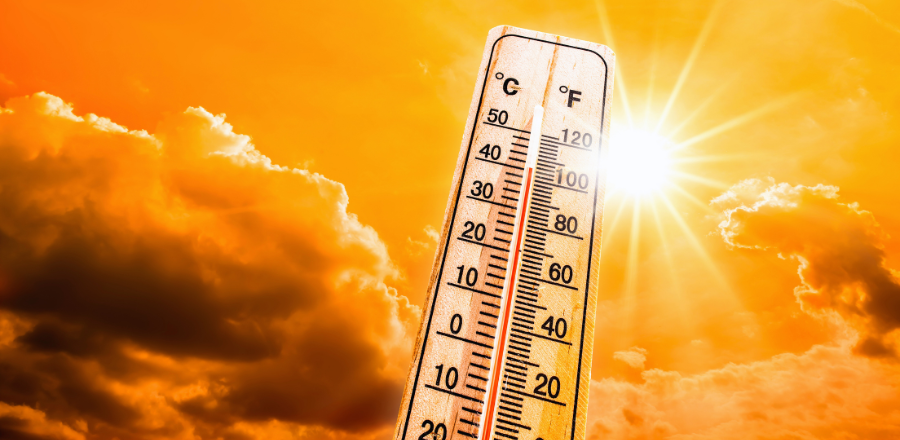The impacts of climate change and sustained periods of dry conditions in Australia is putting stress on the pasture feedbase for livestock production on farms throughout the country.
The (TIA) is one of the partners in a project that’s trying to address the problem.
Pasture 365 will determine whether growing a large number of diverse pasture species can result in drought resilient pastures and enable a feedbase that can provide year-round feed for livestock.
There are nine experimental sites in high and low rainfall regions across Australia that will evaluate a range of pasture mixes.
In Tasmania, TIA has established two focal sites and sowing has recently been completed at Campbell Town and Pipers River.
The Tasmanian component of the project is being led by TIA Senior Research Fellow Dr Rowan Smith.
“We’re looking to see if we can find some pasture species mixes that are more resilient to extended and more regular periods of dry times,” Dr Smith said.
“In many regions, livestock producers rely on just a small number of pasture species for their grazing livestock.
“It’s been more common for farmers to focus on two or three species. More recently in cover cropping and regenerative practises it’s become more popular to sow a much bigger and wider range of species. We want to see whether that will work in a perennial pasture system.”
The five-year series of experiments and demonstrations will evaluate both simple and complex pasture mixes and assess productivity.
It’s hoped the project will address shortages in summer feed for livestock and increase the resilience of grazing enterprises to cope with droughts and climate change.
The trial site at Pipers River in the State’s north-east has medium to high rainfall.
“In the high rainfall zone, like at Pipers River, it’s common to sow perennial ryegrass and white clover so we’re using that as our benchmark,” Dr Smith said.
“We’re trialling diverse mixes and we’re altering the amounts of legume species, grass species and herbs in those mixes.
“Building a complete feedbase may require a number of species mixes and crops, suited to the grazing enterprise.”
The other site at Campbell Town is representative of a low rainfall environment. A different range of species has been sown there, known for their drought resilience.
The experiments are being conducted on commercial farms and involve a high level of experimentation, measurement and monitoring.
“Particularly across northern Tasmania in the last 18 months we’ve seen extended dry periods,” Dr Smith said.
“High rainfall pastures in Tasmania are heavily reliant on perennial ryegrass, and we know if it becomes moisture stressed in rainfed systems it struggles to remain productive and plant death is common. This has been demonstrated recently by the extended dry periods in the north-west and King Island.
“What we’re looking at is can we successfully include a large range of species including grasses, legumes and herbs in a pasture and does that diversity help during those dry times? Or is diversity across the farm in a range of simple mixes more valuable than high diversity within paddocks.”
The project received funding from the Australian Government’s Future Drought Fund Long Term Trials Program through the Department of Agriculture, Water and the Environment.
The project partners are Deakin University (Lead), University of Melbourne, Agriculture Victoria, University of Western Australia, Department of Primary industries and Regional Development WA, Department of Primary Industries and Regions SA – South Australian Research and Development Institute, Bush Heritage Australia, and a range of producer groups.








